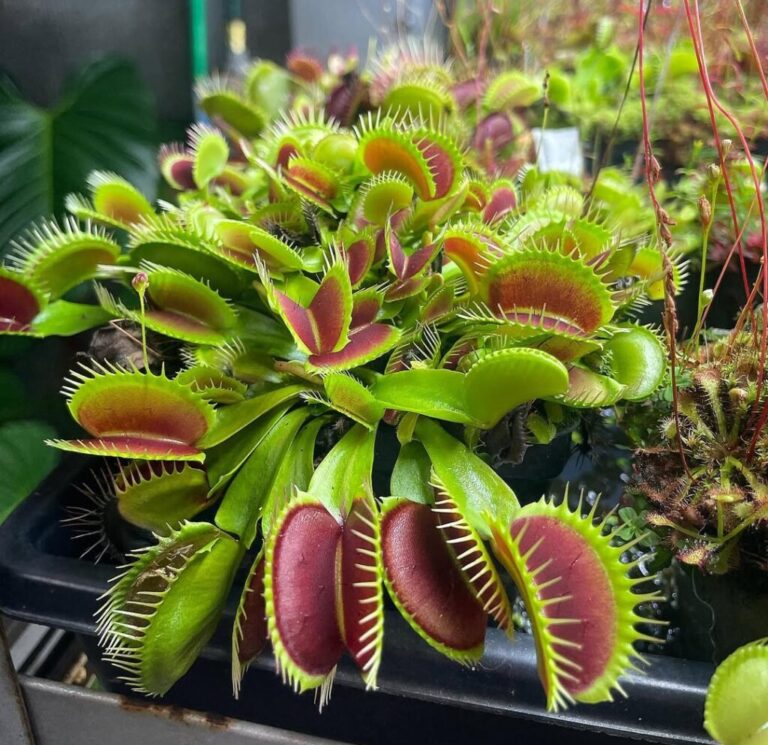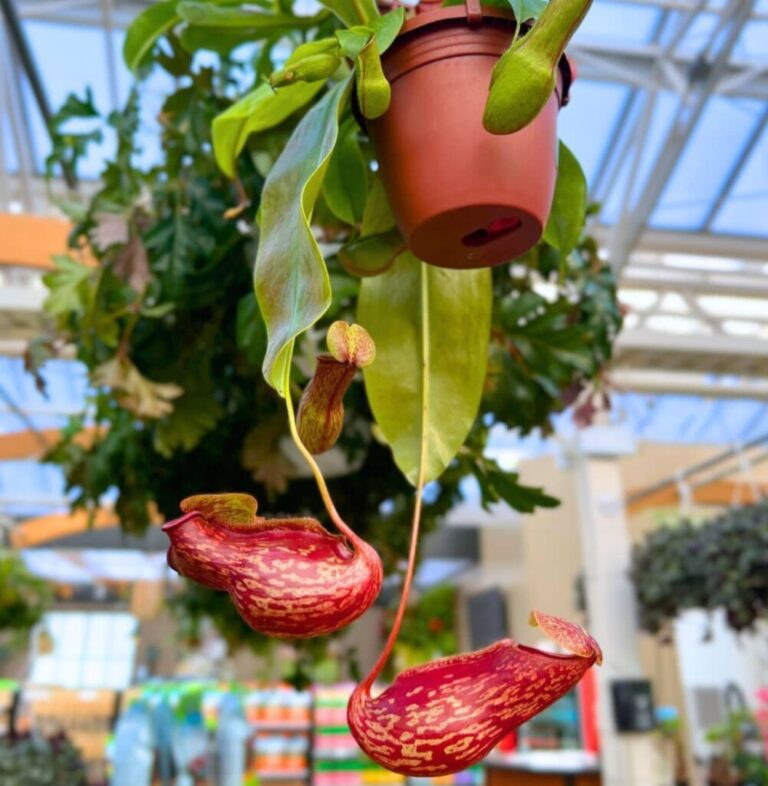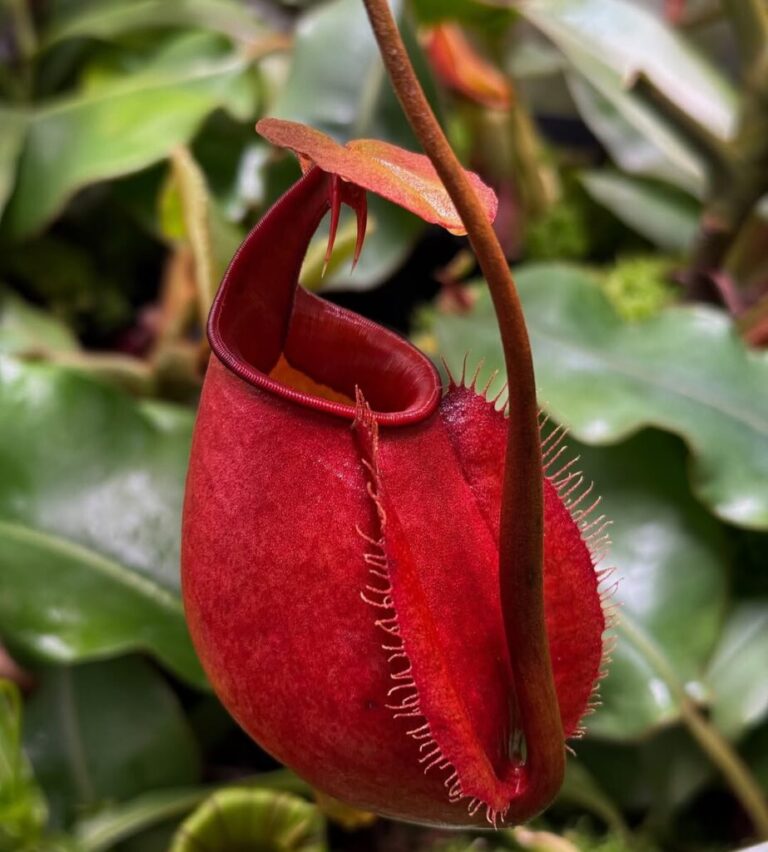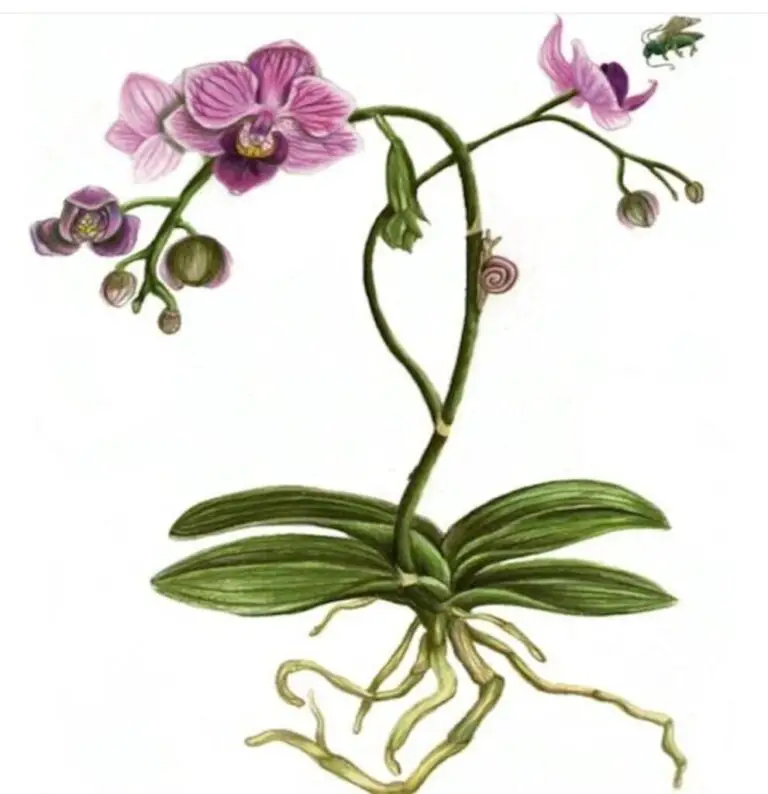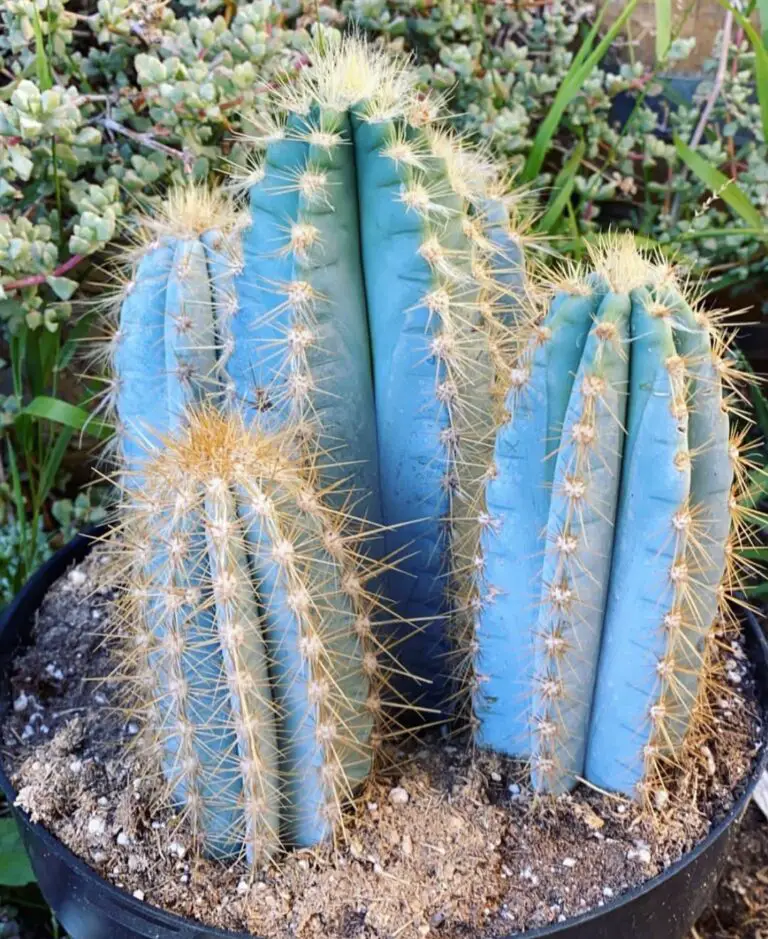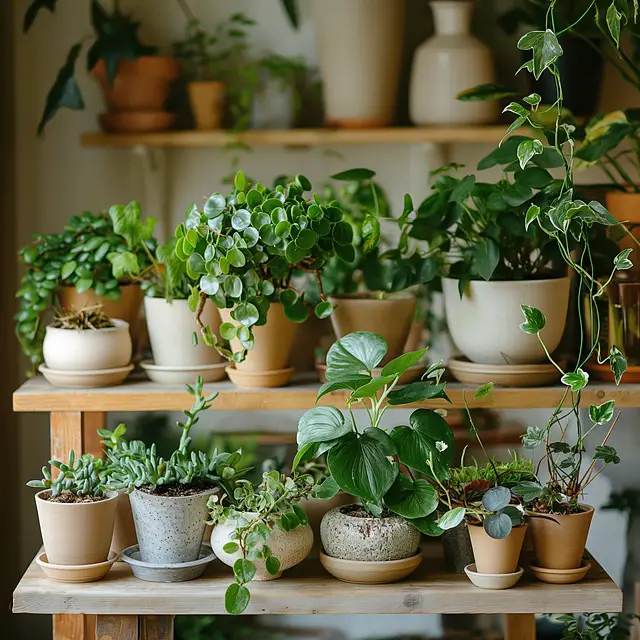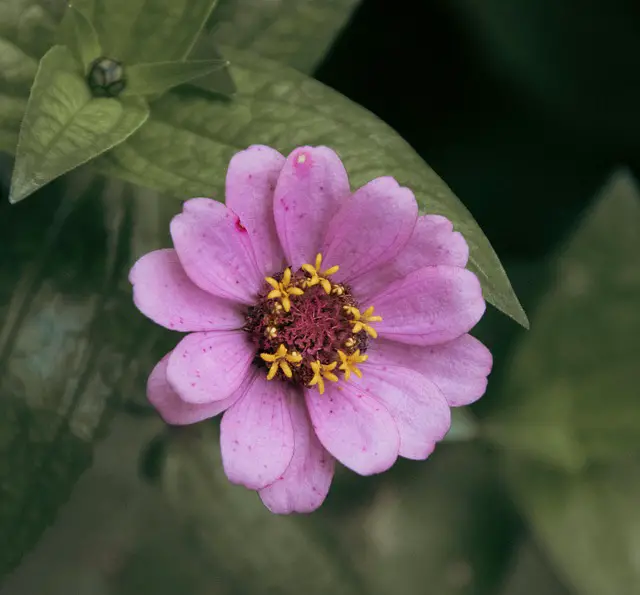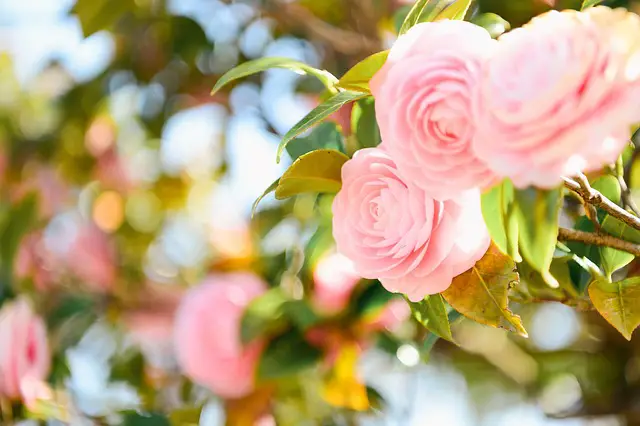Nepenthes distillatoria species, are remarkable and intriguing carnivorous plants renowned for their pitcher-shaped leaves that function as sophisticated insect traps. These plants have evolved to thrive in nutrient-poor environments, primarily found in the tropical regions of Southeast Asia, with Sri Lanka being a notable native habitat. The unique adaptation of these plants to capture and digest insects allows them to obtain the necessary nutrients to flourish in their natural settings, where the soil lacks sufficient resources. This natural ability has made pitcher plants a popular choice for plant enthusiasts who are fascinated by the carnivorous mechanisms of the plant kingdom.
Natural Habitat and Characteristics
In the wild, Nepenthes distillatoria can be found in marshy, humid regions that experience frequent rainfall. These environments provide the high humidity and moisture levels that are essential for the survival of pitcher plants. The natural habitats of these plants are often characterised by nutrient-poor, acidic soils, which is why the plants have developed the ability to supplement their nutrient intake by trapping and digesting insects.
The pitchers, which are modified leaves, contain a liquid that drowns and digests prey, providing the plant with nitrogen and other nutrients that are otherwise scarce in their natural environment. These characteristics make Nepenthes distillatoria not only an interesting plant to grow but also a challenge, as replicating their natural conditions is key to their success in cultivation.
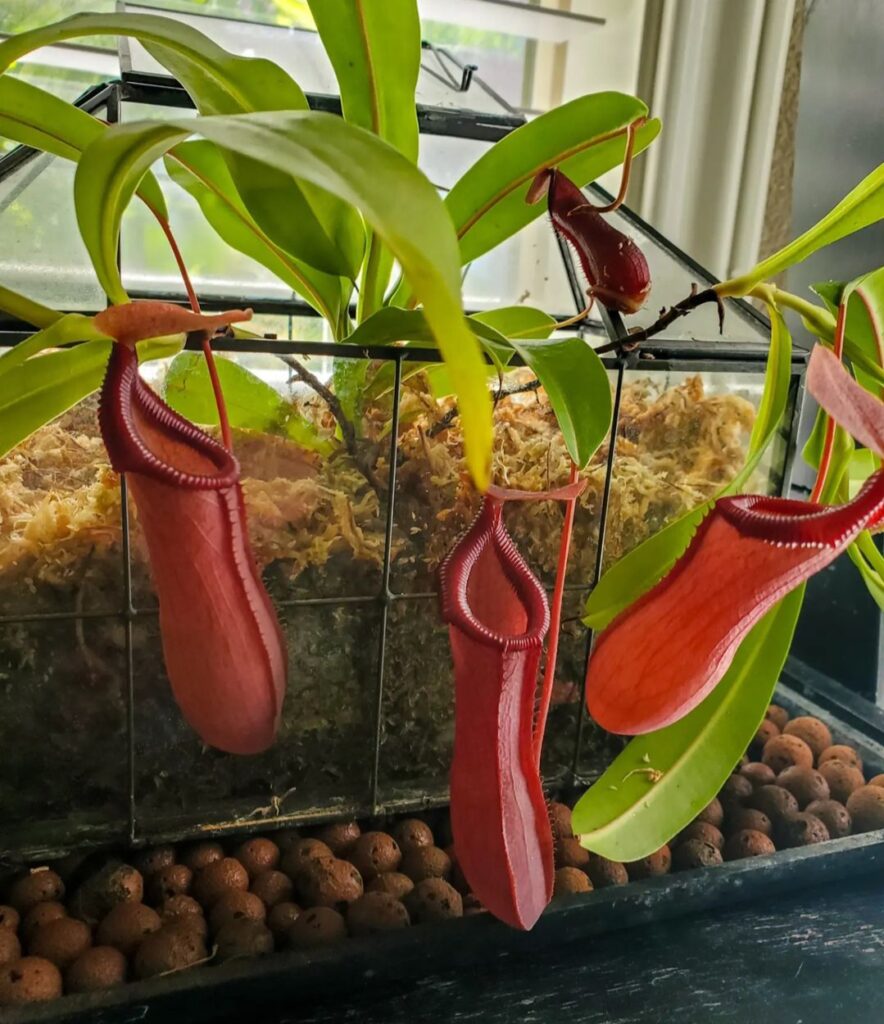
Step-by-Step Care Guide
To successfully grow and care for Nepenthes distillatoria, it is important to replicate the specific conditions of its natural habitat as closely as possible. This ensures that the plant can thrive and produce the characteristic pitchers that make it so unique.
1. Light requirements
Optimal Lighting: Nepenthes distillatoria thrives in bright, indirect sunlight, which mimics the dappled light conditions of its natural habitat under the forest canopy. While these plants can tolerate some direct sunlight, especially during the early morning hours, they should be protected from the intense midday sun, which can cause leaf burn and damage.
If natural light is insufficient, especially in indoor environments, using a grow light can help provide the necessary light intensity to keep the plant healthy and encourage the development of pitchers. A well-lit window facing east or west is often ideal, providing the right balance of light without the risk of overheating the plant.
2. Temperature
Ideal Range: Throughout the day, a tropical plant like Nepenthes distillatoria would enjoy temperatures between 70 and 85°F (21 and 29°C).
This temperature range closely mirrors the conditions found in its native habitat, where temperatures remain warm throughout the year. At night, temperatures can drop slightly, which is natural and even beneficial for the plant. However, it is crucial to avoid exposing the plant to temperatures below 50°F (10°C), as prolonged exposure to cold can be detrimental, potentially leading to the plant’s decline or death. Maintaining a consistent temperature is important, especially if the plant is grown indoors or in climates that experience significant temperature fluctuations.
3. Humidity
High Humidity Needed: Humidity is a critical factor for the health of Nepenthes distillatoria, as these plants originate from regions where the air is consistently humid. The ideal humidity level for these plants is between 60 and 80%, which can be challenging to maintain in drier climates or indoor environments. To replicate the high humidity of their natural habitat, you can regularly mist the plant with distilled water, place the pot on a humidity tray filled with water, and sprinkle or make use of a humidifier to make the air more hydrated.
pebbles, or use a humidifier to increase the moisture in the air.Ensuring adequate humidity is essential for the formation of healthy pitchers, as low humidity levels can cause the pitchers to dry out and fail to develop properly. Consistent humidity not only supports the growth of pitchers but also helps to prevent the plant from experiencing stress, which can lead to a decline in overall health.
4. Watering
Consistent Moisture: Watering is one of the most important aspects of pitcher plant care. Nepenthes distillatoria requires consistently moist soil, but it is crucial to avoid waterlogging, which can lead to root rot and other issues. The best water to use is distilled water, rainwater, or water that has been purified through reverse osmosis, as these do not contain the minerals and salts found in tap water that can accumulate in the soil and harm the plant over time.
When watering, ensure that the soil is evenly moist but not soggy. It is important to allow the excess water to drain away, as standing water in the pot can lead to an anaerobic environment that is detrimental to the roots. The goal is to replicate the moist, well-drained conditions of the plant’s natural habitat, where frequent rainfall keeps the soil damp but not waterlogged.
5. Soil
Well-Draining Mix: The soil used for Nepenthes distillatoria should closely resemble the nutrient-poor, well-draining soils found in its natural environment. A suitable potting mix typically includes equal parts of sphagnum moss and perlite or compost. It keeps enough moisture for the roots of the plant while allowing for proper drainage
.Regular potting soil should be avoided, as it retains too much water and lacks the necessary aeration, which can suffocate the roots and lead to root rot. The key to a successful soil mix is ensuring that it drains well while still holding some moisture, allowing the roots to breathe, and preventing the soil from becoming compacted over time.
6. Feeding
Insect Diet: One of the most fascinating aspects of Nepenthes distillatoria is its ability to capture and digest insects, which supplement the nutrients it receives from the soil. While the plant can catch insects on its own, especially if grown outdoors or in a greenhouse, you can also supplement its diet by manually feeding it small insects such as ants, fruit flies, or small crickets. However, it is important not to overfeed the plant, as this can lead to the pitchers becoming clogged or the plant being overwhelmed by too much organic material.
Feeding should be done sparingly, allowing the plant to digest its prey fully before offering more. This feeding mechanism is an adaptation to the nutrient-poor soils in which the plant naturally grows, and providing a balanced diet helps the plant to thrive without relying on artificial fertilisers.
7. Fertilisation
Minimal Fertilisation: Fertilisation is generally not necessary for Nepenthes distillatoria, as these plants have evolved to obtain most of their nutrients from the insects they trap. However, if you choose to fertilise, it should be done sparingly and with a very diluted orchid fertiliser, applied once a month during the growing season.
Fertilisation should be directed at the soil rather than the pitchers, as over-fertilising can lead to nutrient burn and other issues. The goal of fertilisation, if done, is to provide just a small boost of nutrients without overwhelming the plant’s delicate system, ensuring that it remains healthy and continues to produce pitchers.
8. Repotting
Repotting Frequency: As Nepenthes distillatoria grows, it will eventually outgrow its pot and require repotting. This should typically be done every 1-2 years, or when the plant shows signs of being root-bound, such as slowed growth or roots growing out of the drainage holes. Repotting should be done in the spring or early summer when the plant is actively growing, as this is when it can best recover from the stress of being moved.
Select a pot that is just marginally bigger than the one you have now, and make sure it has enough drainage holes to keep water from pooling at the bottom. When repotting, use fresh soil and handle the roots carefully to avoid damaging them. After repotting, the plant may take some time to adjust to its new environment, so continue to provide consistent care and monitor for any signs of stress.
9. Pruning
Trimming: While Nepenthes distillatoria does not require frequent pruning, occasional trimming of dead or dying pitchers and leaves can help maintain the plant’s appearance and encourage new growth. Removing old or damaged parts of the plant not only improves its aesthetic appeal but also prevents the spread of disease and allows the plant to direct its energy towards producing new pitchers and foliage.
Pruning should be done with clean, sharp scissors or pruning shears to avoid damaging the plant, and cuts should be made just above a healthy node to encourage regrowth. Regular pruning, though not necessary, can be a useful part of maintaining the overall health and vigour of the plant.
10. Pest Management
Regular Checks: Like all plants, Nepenthes distillatoria can be susceptible to pests, including aphids, mealybugs, and spider mites. Regularly inspecting the plant for signs of infestation is crucial to maintaining its health. If pests are detected, they can often be managed with insecticidal soap or Neem oil, applied carefully to avoid damaging the sensitive pitchers. Maintaining high humidity and proper watering practices can also help prevent pests, as many of them thrive in dry conditions. Regular pest management ensures that the plant remains healthy and continues to produce its signature pitchers without being compromised by insects or disease.
Troubleshooting Common Issues
Growing Nepenthes distillatoria can present some challenges, especially if the plant’s needs are not met. Understanding and troubleshooting common issues can help keep your plant healthy.
Lack of pitchers: If your plant isn’t producing pitchers, it’s often a sign that the growing conditions aren’t ideal. This could be due to insufficient light, low humidity, or improper watering. Ensure that your plant is receiving bright, indirect light for most of the day, and check that the humidity levels are consistently high. If the air is too dry, the plant may struggle to produce pitchers. Adjusting these conditions can often encourage the development of new pitchers.
Pitchers Drying Up: If the pitchers are forming but then drying up prematurely, this is typically a sign of low humidity or inconsistent watering. Pitchers require a humid environment to stay healthy and functional, so increasing the humidity around the plant and ensuring that the soil remains consistently moist can help prevent this issue.The plant may also become dried out if it is placed close to drafts or in an area with inconsistent temperature.
Yellowing Leaves: Yellow leaves can indicate several issues, including overwatering, poor drainage, or nutrient deficiencies. Ensure that the soil is well draining and that the plant is not sitting in water, as this can lead to root rot, which often manifests as yellowing leaves. If the yellowing is accompanied by stunted growth or poor pitcher development, consider adjusting the plant’s feeding regimen to ensure it’s receiving adequate nutrients.
Rotting Pitchers or Stems: Rot is a serious issue that often results from overwatering or waterlogged soil. If you notice that the pitchers or stems are turning black or mushy, it’s important to check the drainage and possibly repot the plant into fresh, well-draining soil. Rot can quickly spread and damage the entire plant, so catching it early and adjusting watering practices is crucial.
Pest Infestations: While Nepenthes distillatoria is a carnivorous plant and capable of catching insects, it can still fall victim to pests like aphids, mealybugs, or spider mites. These pests can be particularly troublesome because they can weaken the plant, making it more susceptible to other issues. Regularly check the undersides of leaves and along the stems for any signs of pests. If you notice any, treat the plant with an appropriate insecticidal soap or neem oil, ensuring you reach all affected areas.
Caring for Nepenthes distillatoria, like all carnivorous plants, requires a commitment to providing the specific conditions these plants need to thrive. From maintaining high humidity and bright, indirect light to ensuring the soil remains consistently moist yet well-draining, each aspect of care is crucial to the health and vitality of the plant.
By closely replicating its natural habitat, you can enjoy the fascinating process of watching your pitcher plant grow, develop new pitchers, and even trap insects. This process not only adds a unique element to your plant collection but also offers a rewarding challenge for those willing to take on the care of these extraordinary plants.
Whether you’re a seasoned carnivorous plant enthusiast or a beginner looking to try your hand at growing something unique, Nepenthes distillatoria offers a captivating experience. With the right care, these plants can thrive and become a striking addition to any collection, showcasing the incredible diversity and adaptability of the plant kingdom .
FAQS
What kind of light does Nepenthes distillatoria need?
Nepenthes distillatoria thrives in bright, indirect sunlight. They can handle some direct early sunlight, but should be shielded from the hot noon heat to avoid leaf burn.A well-lit window or a grow light can work well
What is the ideal temperature for Nepenthes distillatoria?
These tropical plants prefer warm temperatures, ideally between 70-85°F (21-29°C) during the day and slightly cooler at night. They can tolerate brief drops in temperature but should not be exposed to temperatures below 50°F (10°C).
How often should I water my pitcher plant?
Nepenthes distillatoria needs to be kept consistently moist but not waterlogged. Water the plant with distilled water, rainwater, or reverse osmosis water to avoid mineral buildup. Avoid tap water since it includes minerals that might harm plants.
What is the optimum soil mix for Nepenthes distillatoria?
A well-draining soil mix is crucial.A popular blend includes equal parts sphagnum moss and perlite or orchid bark.Avoid regular potting soil, as it retains too much moisture and lacks the necessary aeration.
Do I need to feed my pitcher plant?
While Nepenthes distillatoria can catch insects on its own, you can supplement its diet with small insects like ants, fruit flies, or small crickets if it’s not catching enough on its own. Do not overfeed, as this can harm the plant.
How do I maintain humidity levels for my pitcher plant?
Nepenthes distillatoria thrives in high humidity (60-80%).Increase humidity by spraying the plant on a regular basis, using a humidity tray, or installing a humidifier nearby.
Should I prune my pitcher plant?
Pruning is not usually necessary, but you can trim dead or dying pitchers and leaves to keep the plant healthy and encourage new growth.
How often should I repot Nepenthes distillatoria?
Repotting is typically needed every 1-2 years or when the plant outgrows its pot. Use a fresh soil mix and handle the roots carefully to avoid damage
What should I do if my pitcher plant is not producing pitchers?
Lack of pitchers can be due to insufficient light, low humidity, or improper feeding. Ensure the plant receives adequate light, maintain high humidity, and avoid overfeeding or using tap water.
Can Nepenthes distillatoria be grown outdoors?
In tropical or subtropical climates, they can be grown outdoors in a sheltered, shaded area. In cooler climates, they should be grown indoors or in a greenhouse to protect them from temperature extremes.
Additional Tips

